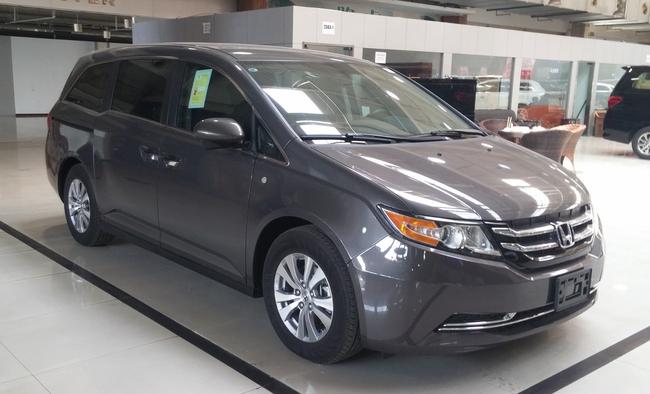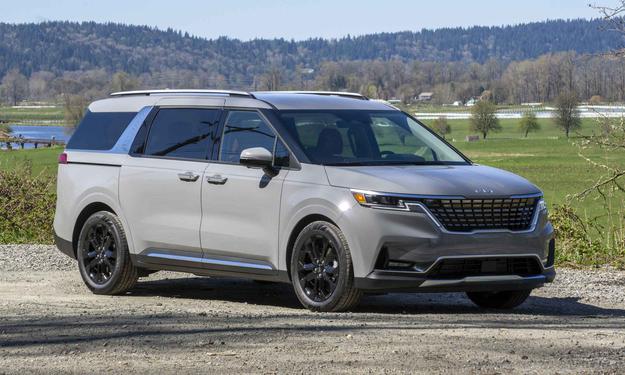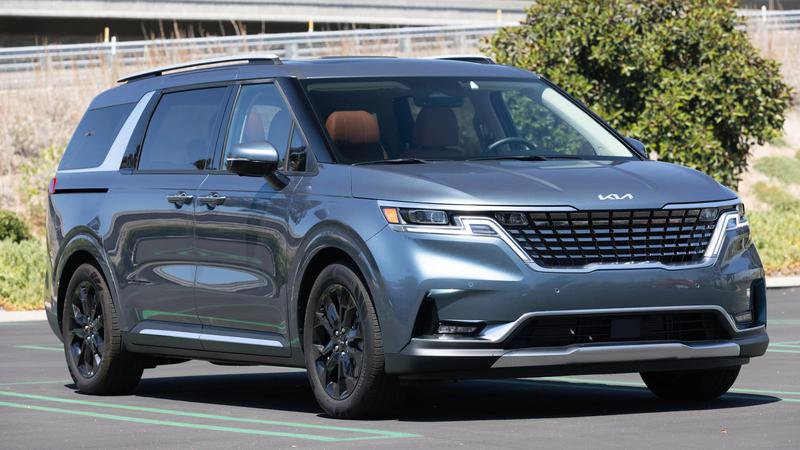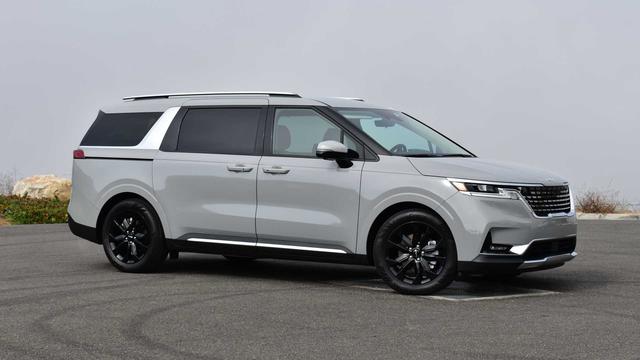Not that many years ago, while I was still at Bloomberg News, I wrote a story about a $50,000 minivan.
I just thought it was a funny idea. Not that a technology-laden plug-in hybrid (so, yeah, it was a Chrysler Pacifica) wasn't worthy of a sticker price and destination charge that could top half a hundy. But it was still kind of mind-blowing to think that this luxury-vehicle price would be slapped on the side of a minivan that looked like, you know, a minivan.

But in a 2021 market defined by extreme scarcity, that could look like a bargain.
"I'm still shocked when I go to a car dealership and they have literally a handful of cars on the lot," Sam Fiorani of AutoForecast Solutions told me on a "Daily Drive" podcast. "So the prices of those cars are gonna go up. We had a friend who went to go buy a minivan the other day, and the only minivan they had on the lot was $60,000. It's just insane."
While the lack of supply and ensuing high prices are amazing, it's been like that for months. And although prices remain super-high, they've come down — a little — from the recent record-setting peak.
At least prices aren't still soaring. Just to level off at high numbers has helped keep the consumer price index — the closely watched inflation measure — from jumping too dangerously high.
In the economic and political world, used-car prices' impact on the CPI helped the Federal Reserve avoid a little pressure to reverse its easy-money policies and blunted criticism that President Joe Biden's spending plan would spur runaway inflation.




